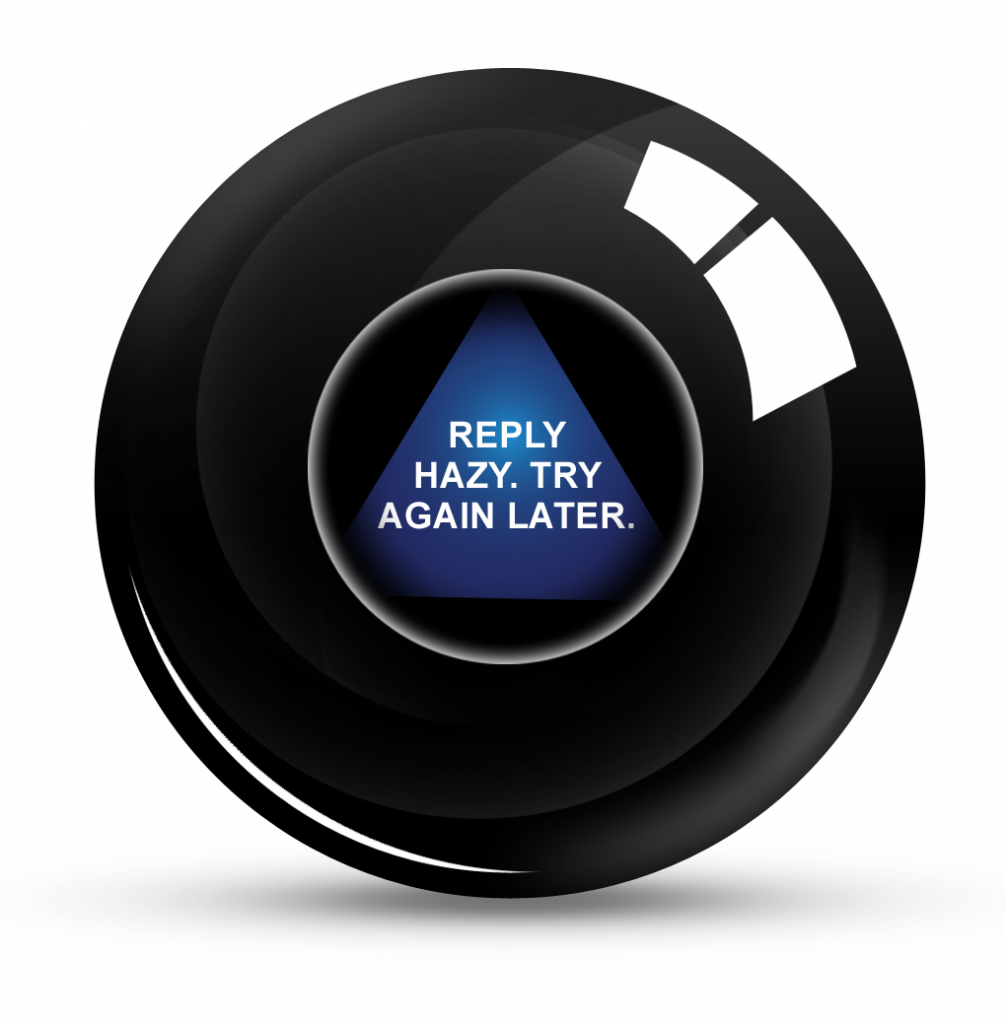 One of the biggest challenges for entrepreneurs is getting the client to say “I do.” Many of us don’t like being turned down, so we wind up not asking a question that runs the risk of eliciting a negative answer. However, you could be the world’s best marketer, a world-class leader at what you do, and skilled at eliciting your clients’ underlying needs, but if you can’t get the client to sign on the dotted line and approve your proposal, you aren’t going to get paid for all those wonderful skills.
One of the biggest challenges for entrepreneurs is getting the client to say “I do.” Many of us don’t like being turned down, so we wind up not asking a question that runs the risk of eliciting a negative answer. However, you could be the world’s best marketer, a world-class leader at what you do, and skilled at eliciting your clients’ underlying needs, but if you can’t get the client to sign on the dotted line and approve your proposal, you aren’t going to get paid for all those wonderful skills.
The challenge comes when you have sent in your proposal or project estimate and then you sit and wait… and wait… and wait. No word from the client. So you finally pick up the phone and call the client and pray that he doesn’t answer the phone. But, if your luck runs out and you actually can chat with the client, how do you handle his objections to your proposal?
Following are a few of the most common objections I have heard, and a suggested response. Try these out for yourself and see how you can tweak them for your own clients.
It’s too expensive; we couldn’t afford more than a third of this budget.
Your response: “What if we break this down into phases and tackle it bit by bit? I can focus on this one aspect of the job for $1,000, and then we can evaluate the best way to proceed once you have a chance to review.”
or
“Sure, so is your budget approximately $XXXX? What aspect of the proposal has the highest priority for you? Let me work up a new proposal that just addresses this aspect of the project.”
(Keep in mind that this kind of response also indicates that you weren’t able to have a conversation about budget during your initial conversation. Next time, screw up the courage and ask your client “So, what’s a rough estimate of what you’re budgeting for this?” If your client is ready to buy, she already has some idea of what she’s going to spend. If she has utterly no idea, she’s probably not ready to buy yet.)
This really isn’t what I had in mind.
Your response: “Ah, I must have focused too much on one aspect of what we discussed. Would you like me to expand the proposal to include the entire market, or would you like me to refocus on another angle? Tell me more about what is most important for you.”
“It sounds like you’re going to outsource some of the work. Heck, I can find an intern who can help me.”
Your response: “My goal is to be a one-stop shop for my clients, and to provide them with the best results from the best people. I have the expertise and skills to do much of the work myself, and I bring in other experts who have specialized skills. The person who will be working on this is one of the best in the profession, and together we can provide you with a much better result.”
I need to get my boss / co-worker / CEO to approve this.
Your response: “Sure! I would be happy to reword the proposal; what are the biggest concerns of your boss/co-worker/CEO? I would like to make it clear in the proposal how this will help him accomplish his goals. What other information would help him approve this proposal?”
What’s common among these responses is your commitment to finding a way to address – not argue with – your client’s concerns and shift the conversation back to the value that you bring to each engagement. You acknowledge your client’s concerns, ask for clarification and to understand your client’s reasoning, and then find a way to adjust your proposal to better address your client’s needs.
